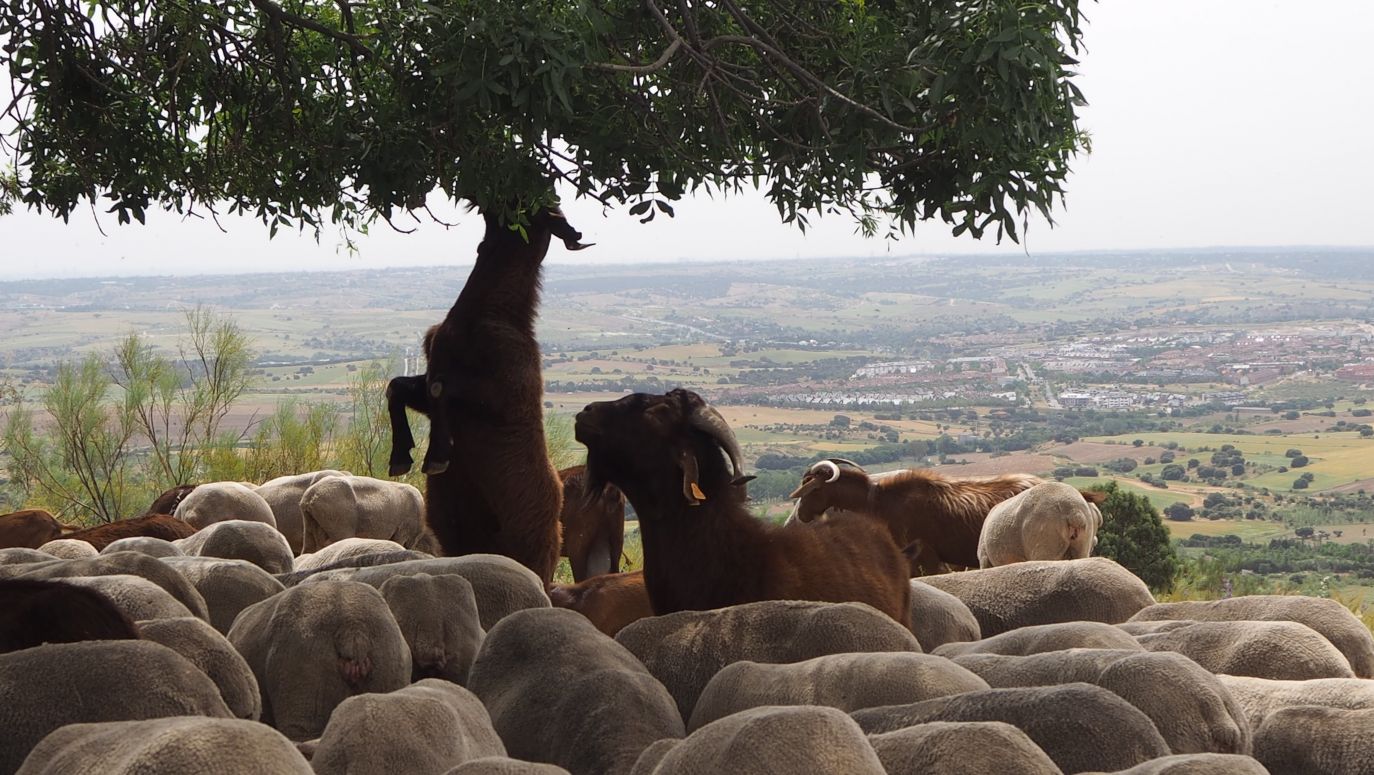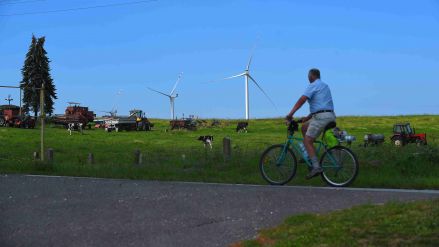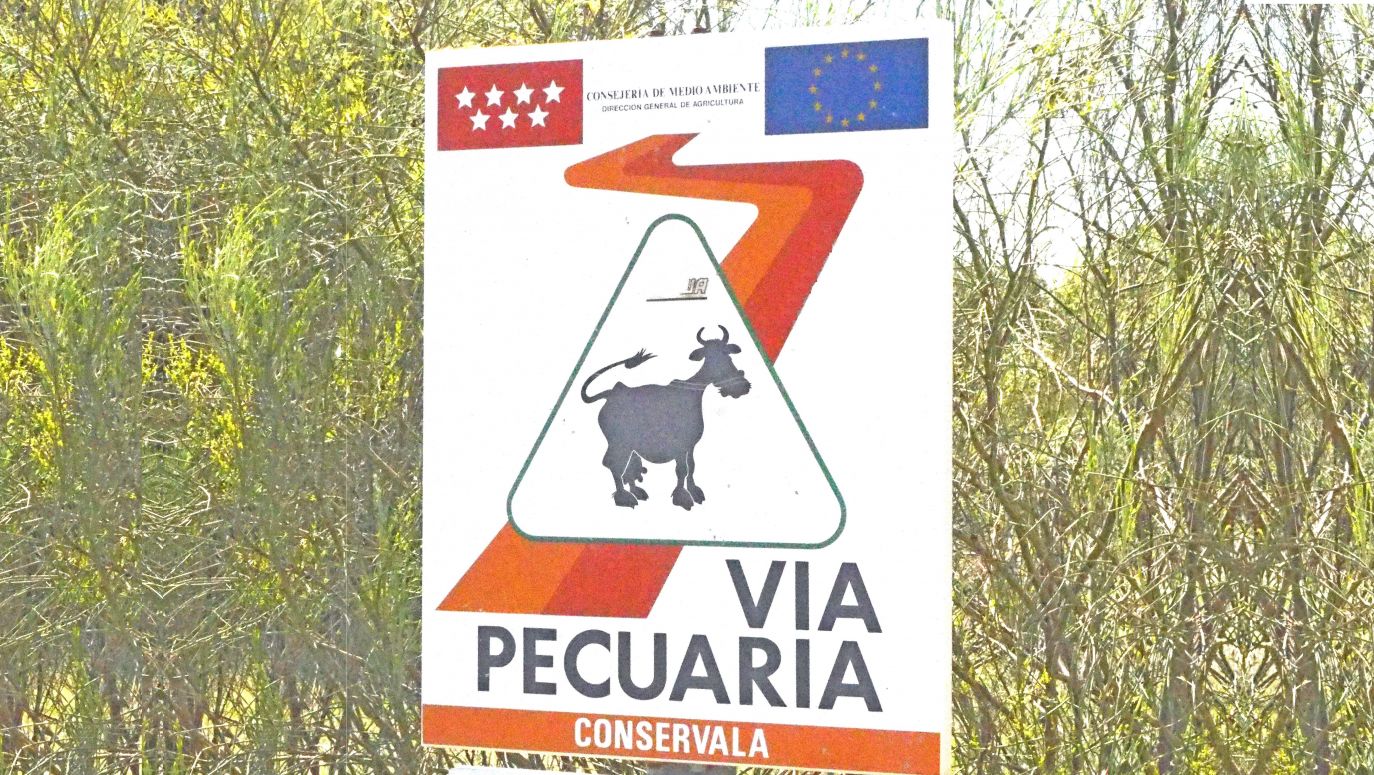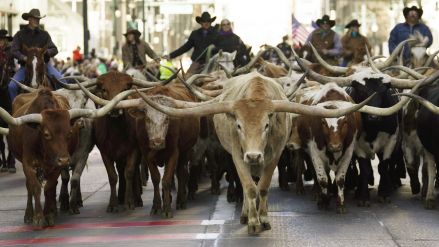How do you find a shepherd in a big city? - I wonder as I walk from one end of the car park at Madrid's Príncipe Pío interchange to the other. I make an appointment with Jesús Garzón, a shepherd, naturalist and environmentalist, through intermediaries. I want to get an inside look at the lives of those who take a shepherd's staff in their hands every day and wander the grassy hills with hundreds of sheep and goats.
"You will certainly recognise him", assures Concha Salguero of the Trashumancia y Naturaleza association, which Jesús Garzón founded in the 1990s with the aim of reviving traditional pastoralism in Spain. An important element of this is trashumancia (from the Latin trans humus - through the earth), the seasonal herding of cattle from summer to winter pastures. "Jesús drives a big white car, but I can't remember the brand", adds Salguero.
When, in the car park, I spot a white car whose wheels and bodywork are streaked with reddish mud, I become certain that the car is travelling through the wilderness and most likely belongs to a shepherd. I am not mistaken. Jesús Garzón, a tall man in his seventies, wearing a beige cassock and checked shirt, puts down his newspaper and invites me in. "Shall we go?", he chuckles as I try to settle into the passenger seat. There are several shepherd's sticks sticking out from under the seat - thick and thin, with or without bark.
We quickly leave Madrid behind us. We head northwest towards the Sierra de Guadarrama mountain range that surrounds the Spanish capital. "We rent these pastures" Jesús Garzón points out the fenced-off areas as we speed along the motorway. "And this is the road we take with the herd when we go to Madrid," he shows.
Every autumn, shepherds pass through the Spanish capital with their animals, causing quite a sensation. It is not cars that fill the wide carriageway of Cibeles Square, but horned animals plucking flowers from the city's flower pots. In the Puerta del Sol square, the usually crowded tourists have to make way for the animals. This is not an annual attraction for the Spanish capital's inhabitants, but a way of drawing attention to the importance of traditional cattle grazing for the ecosystem.
About the sheeps that rode the railway
Jesús Garzón took a particularly close look at traditional pastoralism when he was Director-General for the Environment at the administration of the Autonomous Community of Extremadura in the 1980s. One of the region's greatest natural treasures is the 'dehesa', a semi-natural area covered with grass and holm oaks, whose acorns are considered a delicacy for both cattle and black Iberian pigs.
 SIGN UP TO OUR PAGE
SIGN UP TO OUR PAGE

Jesús Garzón wondered why the 'dehesa' was not rejuvenating, and why there was a lack of specimens younger than a hundred years old among the oaks so important to it. In searching for the reason, he came to a surprising conclusion. The only logical reason turned out to be the completion of the Mérida-Astorga railway line. This disrupted the cycle, which had been practised for centuries, of shepherds moving with their flocks. At the dawn of summer, it was more convenient to transport them by rail in 24 hours to the higher summer pastures (today it takes only 5-6 hours to transport them by truck) than to travel there for 30-35 days on foot.
So much so that, in anticipation of favourable weather and the growth of grass in the higher elevations, the cattle - which used to be on their way to summer pastures - spent more time in the Estremaduran 'dehesa' area. In the absence of fresh grass, the animals ate the young specimen trees depriving the area of a new generation of holm oaks.
Jesús Garzón stresses that practising traditional cattle grazing brings many benefits to people and the environment - and not just healthy food produced in harmony with nature. Moving animals does not need, for example, to provide them with feed. "I hear that the government is considering how to help industrial livestock farms cope with rising feed prices due to the war in Ukraine. Pastoralists are not affected by this problem," says Garzón.
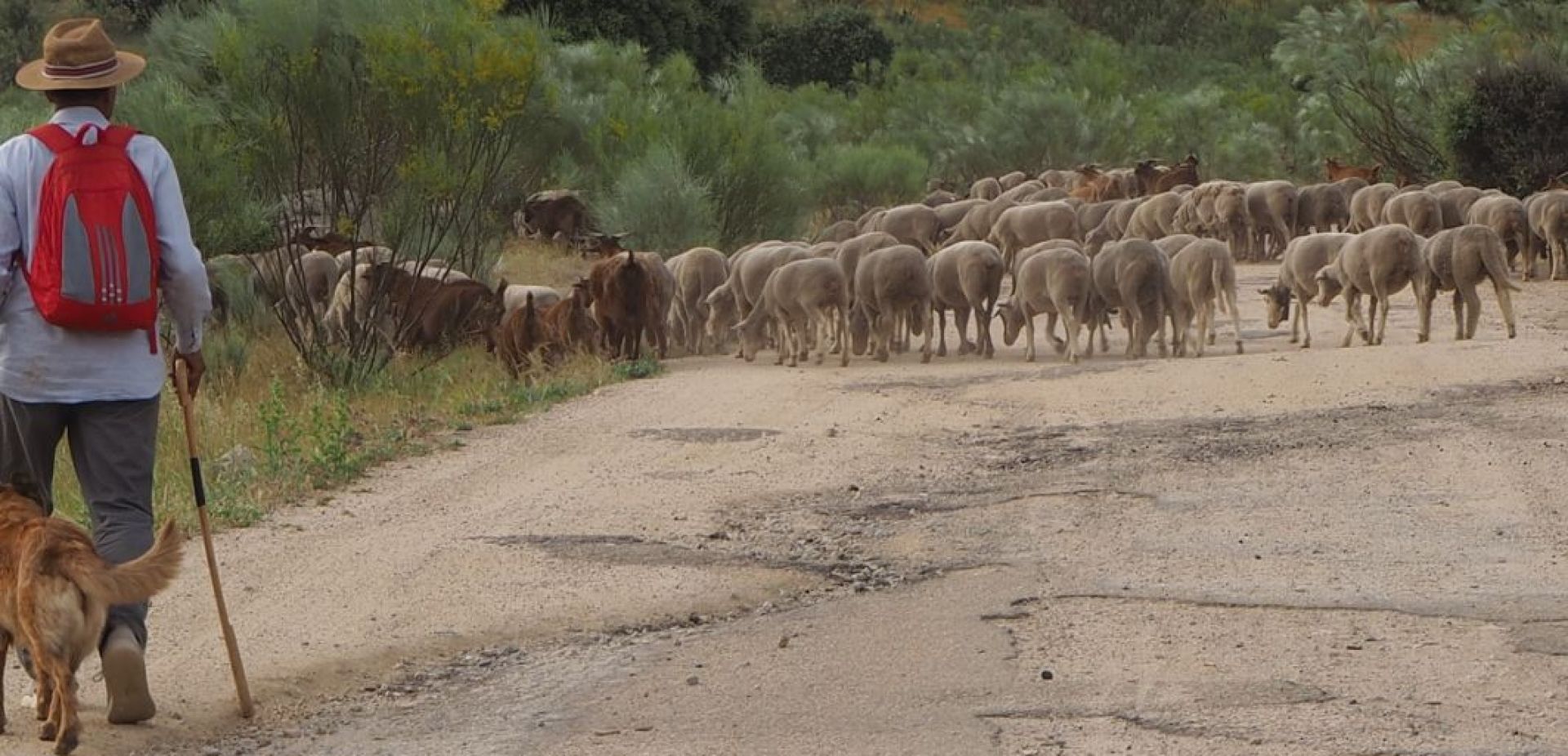
 SIGN UP TO OUR PAGE
SIGN UP TO OUR PAGE
 Jesús Garzón wondered why the 'dehesa' was not rejuvenating, and why there was a lack of specimens younger than a hundred years old among the oaks so important to it. In searching for the reason, he came to a surprising conclusion. The only logical reason turned out to be the completion of the Mérida-Astorga railway line. This disrupted the cycle, which had been practised for centuries, of shepherds moving with their flocks. At the dawn of summer, it was more convenient to transport them by rail in 24 hours to the higher summer pastures (today it takes only 5-6 hours to transport them by truck) than to travel there for 30-35 days on foot.
Jesús Garzón wondered why the 'dehesa' was not rejuvenating, and why there was a lack of specimens younger than a hundred years old among the oaks so important to it. In searching for the reason, he came to a surprising conclusion. The only logical reason turned out to be the completion of the Mérida-Astorga railway line. This disrupted the cycle, which had been practised for centuries, of shepherds moving with their flocks. At the dawn of summer, it was more convenient to transport them by rail in 24 hours to the higher summer pastures (today it takes only 5-6 hours to transport them by truck) than to travel there for 30-35 days on foot. 